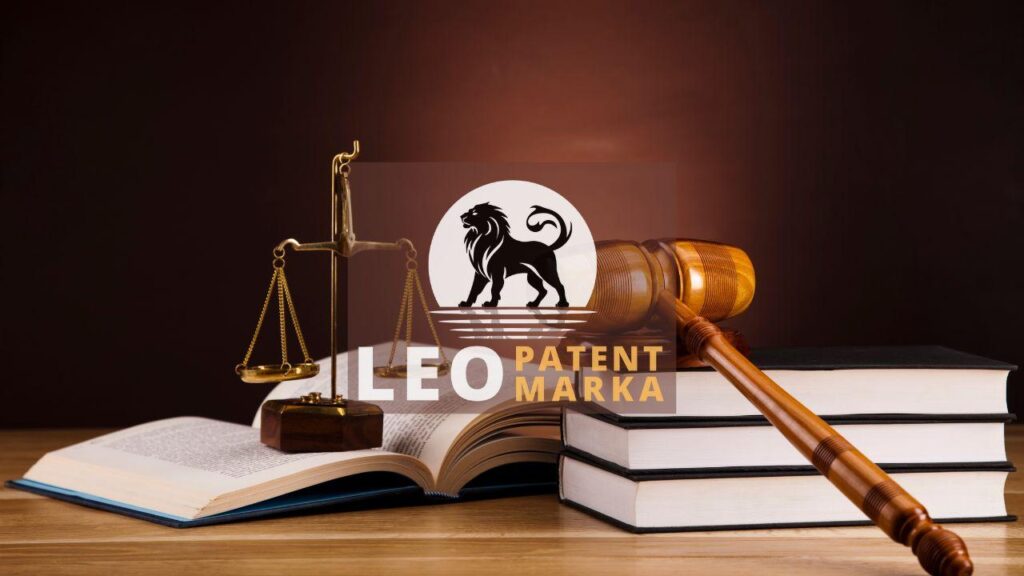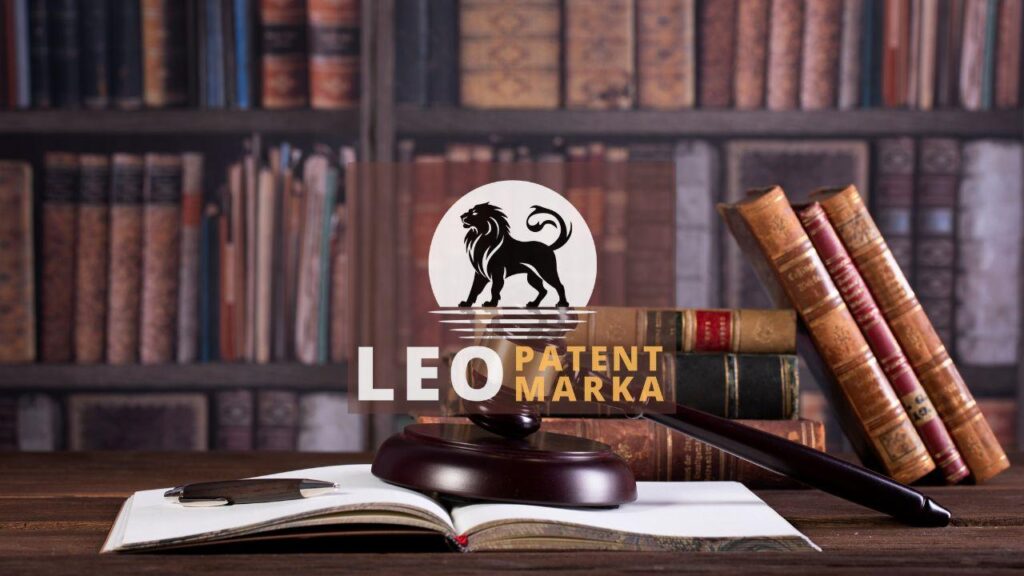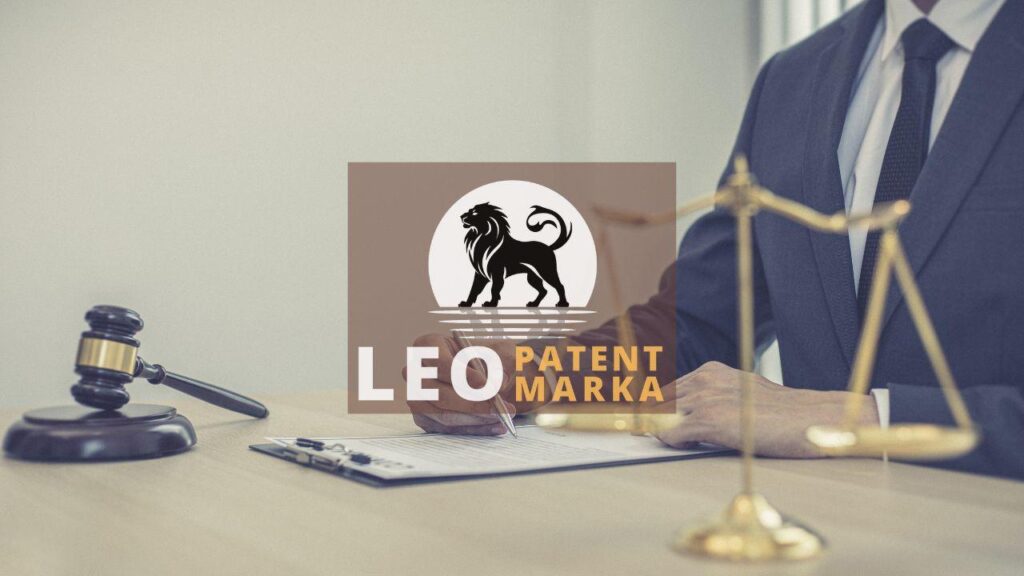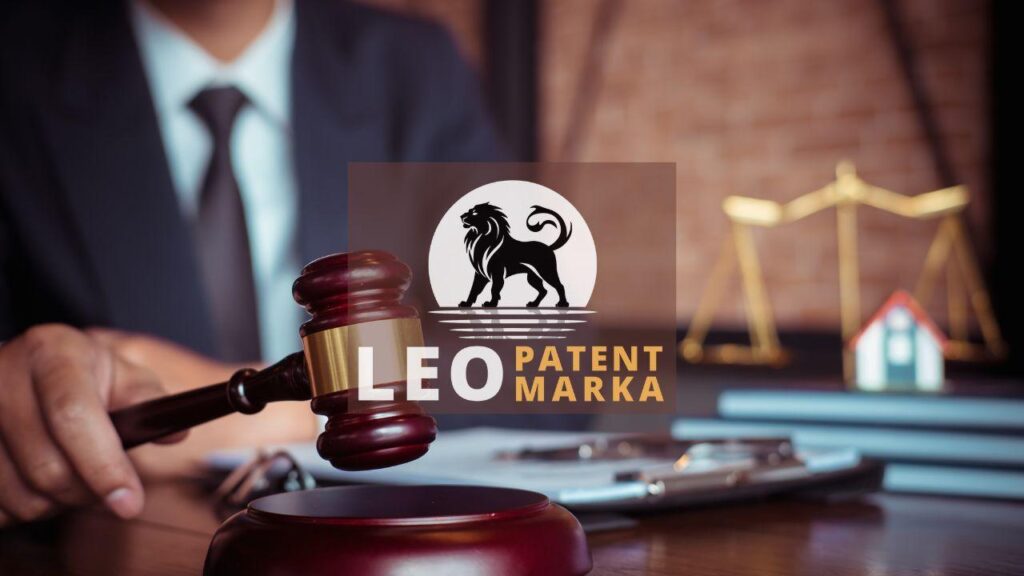In today’s rapidly evolving business landscape, protecting intellectual property is more crucial than ever. This is especially true for creators, artists, and businesses operating in Turkey, where copyright laws play a fundamental role in safeguarding creative works and intellectual assets. At Leo Patent, we specialize in guiding our clients through the intricate processes involved in securing and enforcing their intellectual property rights. One key aspect of this protection is the submission of copyright applications, a process that ensures exclusive rights to literary, artistic, and musical works, among others. In this blog post, we’ll delve into the step-by-step procedure for effectively submitting a copyright application in Turkey, highlighting essential practices and potential pitfalls to watch out for. Whether you are an individual creator or a business entity, understanding these processes is vital for maintaining your competitive edge in the market.
Eligibility Requirements for Copyright Protection
To qualify for copyright protection in Turkey, a work must be original and fall within one of the specified categories outlined by Turkish copyright law, such as literary, artistic, scientific, or musical creations. Copyright protection is automatically granted from the moment a work is created and fixed in a tangible medium of expression, requiring no formal registration. It should be noted, however, that while computer programs are also protected under copyright as literary works, mere ideas, procedures, methods of operation, or mathematical concepts are not eligible for copyright protection. Understanding these foundational eligibility requirements is critical for anyone looking to safeguard their creative output, as they determine the scope and enforceability of the rights granted.
In addition to the originality requirement, the creator must be a natural or legal person with a verifiable connection to Turkey, either through citizenship, residency, or business operations. Works created by multiple authors are granted joint copyright, with each author holding an equal share unless otherwise stipulated by a contractual agreement. Furthermore, the creator must ensure that the work is clearly identifiable and differentiated from existing works to avoid potential disputes and claims of infringement. At Leo Patent, we advise our clients to maintain comprehensive records of the creation process and any relevant documentation, such as drafts, sketches, or digital timestamps, as these can serve as crucial evidence in affirming authorship and originality. By comprehensively meeting these eligibility criteria, creators can better position themselves to assert and defend their copyright claims within Turkey’s legal framework.
Finally, it is essential to understand the duration and scope of copyright protection in Turkey. Copyright generally lasts for the lifetime of the author plus 70 years after their death. For works of joint authorship, this term is calculated from the end date of the last surviving author’s life. For corporate entities, the duration of protection is 70 years from the date of publication. This protection entails exclusive rights such as reproduction, distribution, public performance, and adaptation of the work. However, it’s also important to note limitations on these rights, including fair use provisions and compulsory licenses, which serve public interest by allowing limited use without permission under specific circumstances. At Leo Patent, we provide expert guidance to navigate these complexities, ensuring our clients fully understand their rights and obligations under Turkish copyright law.
Required Documentation for Filing a Copyright Application
To initiate the copyright application process in Turkey, applicants must gather and submit a comprehensive set of documents to the Turkish Ministry of Culture and Tourism. Essential documentation includes the completed application form, a detailed description of the work being copyrighted, and proof of identity for the applicant, such as a valid ID card or passport. Additionally, it’s crucial to submit a copy of the work in question, whether it’s a manuscript, recording, or digital file, alongside evidence of the work’s originality and creation date. At Leo Patent, we emphasize the importance of accuracy and completeness in these submissions to prevent delays and ensure a smooth application process. By meticulously compiling these documents, creators can significantly enhance their chances of securing copyright protection for their intellectual assets.
It’s also important to provide supporting documents that can further substantiate your copyright claim. These may include prior drafts or versions of the work, any contracts or agreements related to the creation or publishing of the work, and relevant correspondence, such as emails detailing the development process. Applicants should also be prepared to present any certificates or licenses that indicate the work has been previously registered or legally recognized in other jurisdictions. At Leo Patent, our team assists clients in assembling all these supplementary materials, ensuring that every aspect of the claim is thoroughly documented. Well-prepared supporting documents not only validate the initial application but also strengthen the overall case for copyright protection in Turkey.
Furthermore, applicants need to be mindful of any administrative fees associated with the copyright application. These fees can vary depending on the type and scope of the work being registered. It’s essential to retain proof of payment, as this documentation will need to be submitted alongside the application. At Leo Patent, we advise clients to double-check and follow up on all payments to avoid any obstacles in the application process. Finally, while the Turkish Ministry of Culture and Tourism does not require legal representation for copyright applications, leveraging the expertise of professionals like those at Leo Patent can provide a strategic advantage. Our team is adept at navigating the procedural intricacies and ensuring that every detail is in order, ultimately facilitating a seamless and successful submission.
Steps and Procedures for Successful Copyright Submission
The first step in successfully submitting a copyright application in Turkey begins with ensuring that the work you intend to protect meets the necessary criteria for copyright protection. This includes confirming that your creation is original, fixed in a tangible form, and falls within the categories protected under Turkish copyright law, such as literary, musical, dramatic, and artistic works. Once these prerequisites are verified, you must gather all relevant documentation, which typically includes a detailed description of the work, evidence of authorship, and any existing registration or publication data. Proper preparation at this stage is critical, as incomplete or inaccurate submissions can result in delays or even rejection of the application.
After ensuring your work meets the necessary criteria, the next step involves the actual submission of the copyright application to the Turkish Ministry of Culture and Tourism’s General Directorate of Copyrights. This process typically begins with filling out the prescribed application form, which requires detailed information about the applicant and the work itself. Alongside the form, you must submit copies of the work, proof of identity, and any supporting documents that establish your authorship. It’s also essential to pay the required application fee, which can vary depending on the type and extent of the work being registered. To prevent any issues, carefully review all the provided information for accuracy and completeness before submission. Digital submissions can often expedite the process, but applicants should be prepared for follow-ups or additional requirements that may arise during the evaluation phase.
Once your application has been submitted, the review process begins, during which the Turkish authorities will meticulously examine your documentation and the work itself to ensure compliance with copyright regulations. This period can vary in length, depending on the complexity of the application and the workload of the General Directorate of Copyrights. It is important to remain patient and responsive during this phase; promptly address any inquiries or requests for additional information from the authorities to avoid unnecessary delays. If the examination is successful, you will receive a formal certificate of registration, providing legal acknowledgment of your copyright. This certificate serves as crucial evidence in any enforcement actions and is vital for protecting your intellectual property rights against unauthorized use or infringement. At Leo Patent, we are committed to supporting you through each step of the process, from application to successful registration, ensuring that your creative works are securely protected under Turkish copyright law.
Disclaimer: This article is for general information purposes only and it is recommended that you consult experts and companies in that field to evaluate your specific situation. We are not responsible for any damage that may arise from the use of the information in this article.







